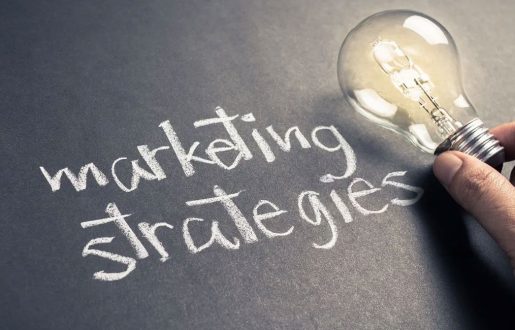A survey by the Organization for Economic Co-operation and Development (OECD) in 2021 indicated that after the first Covid wave in 2020, SMEs had lost more than 40% of their sales. Another study by OECD in 2022 reported that 180 surveys among SMEs across 32 countries showed 70-80% of SMEs experiencing revenue drops between 30% and 50% since 2020. While governments have come out across the world to support SMEs with various policies to tide over this situation, access to help and support remains uncertain and uneven, and reducing debts has become the top priority for many small businesses that survived the pandemic.
The guiding principle for reducing debts is repayment as soon as possible, whether through government aid or strategy change. At the core of your efforts, strategies must aim to reduce the burden through restructuring and consolidating loans on the one hand while devising ways to build repayment capacity on the other. It starts with cost control and creating a positive cash flow and progresses to increasing profits in a sustainable manner to generate surplus cash. To that end, the first thing you need to do is to restructure, consolidate and prioritize loans.
Try to pay off those with higher interest first, if it is possible to do so. If not, fully repay as many smaller debts as you can and close them. However, take care not to run out of working capital or create an operational crisis while striving to pay off the debts. Also, see if loans can be restructured to lower installments against more extended repayment periods. The next thing you need to do is to control costs. For this, while frugality and optimization of internal expenses are necessary, you must put only that much pressure on your staff and operations, which is acceptable to your stakeholders.
Try to renegotiate deals with vendors and suppliers. You can get creative and find ways to reduce cash outgoings with payments in kind by exploring possibilities to barter your products or services, or favors. Whatever you can save in this manner would help you to get the debts off your back. Meanwhile, avail all the government or NGO support available for loan repayment while also striving to put your business in proper order and developing a sustainable debt repayment strategy. Focus on collecting all the outstanding dues and payments, as doing so will immensely benefit your firm.
You can also approach financiers and factors for selling off invoices so that you can collect cash and pay off debts. However, be above board with long-term and good clients in such cases. Track expenses and costs across your business and restructure your budget for lean operations. Do very targeted marketing but don’t reduce spending on sustaining goodwill and brand equity among repeat customers. Meanwhile, you can review margins and profitability and cut down on operations and verticals which doesn’t show any prospects or profitability. In the end, come out wiser from the experience of having shouldered large debts, and build a business model that integrates risks and contingency funds for greater resilience.




